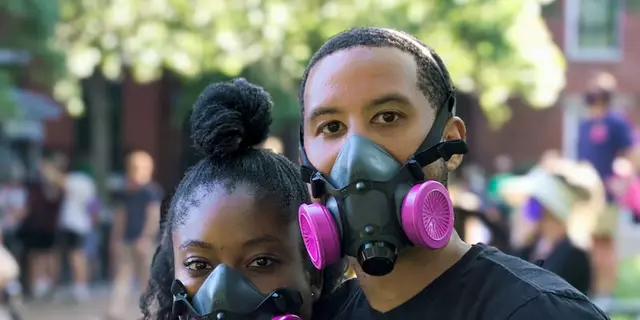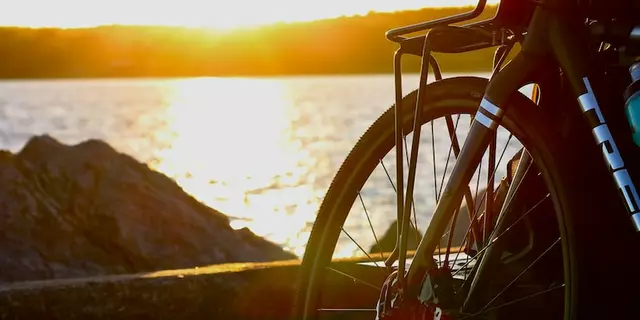Green‑Washing Explained: How to Spot Fake Eco Claims
Ever grabbed a product that bragged about being "eco‑friendly" only to wonder if it really is? You’re not alone. Green‑washing is the marketing trick where companies dress up ordinary items in a green coat to look sustainable. The goal? Sell more while keeping profit higher than planet care.
Common Tricks Companies Use
First, look for vague buzzwords. Phrases like "natural," "clean," or "green" without any proof are red flags. Next, watch the packaging. If the box is covered in leafy graphics but the material is regular plastic, that’s a mismatch. Companies also love tiny certifications that nobody recognizes – a logo that looks official but isn’t listed by a reputable third‑party group.
Another sneaky move is selective transparency. A brand might highlight one sustainable ingredient while ignoring the rest of the product’s impact. For example, a coffee brand could shout about fair‑trade beans but hide that the packaging is single‑use plastic. Finally, there’s the “price‑premium” trick – charging extra for a product that isn’t any greener than the cheap version, just because it sounds better.
Simple Ways to Check If a Claim Is Real
Start with the label. Real certifications, like EU Ecolabel, USDA Organic, or B Corp, have strict standards you can look up. If you see a claim, type the name of the certification into a search engine and see if the official site lists the product.
Second, dig into the company’s sustainability report. Reputable firms publish data on carbon emissions, waste reduction, and supply‑chain practices. If you can’t find a report, or the report is a one‑page flyer, be skeptical.
Third, compare the product with its competitors. If a “green” version costs the same as a regular one, ask why. Real sustainable products often involve higher material costs, which usually means a price gap.
Lastly, use your own experience. Does the product feel heavier, thicker, or made from different material? Does it last longer? True sustainability often means durability, not just a fresh label.
Putting these checks together makes it easier to separate the genuine from the hype. You don’t need a degree in environmental science – just a few habits: read the fine print, verify certifications, and ask the right questions.
When you do spot a company that’s honest about its impact, you’ve helped them win more customers who care about the planet. That creates a ripple effect, pushing more brands to be real about sustainability. So next time you shop, keep your eyes open, trust but verify, and feel good about the choices you make.

Is competitive cycling a green sport or a green-washed sport?
As a blogger, I've been diving deep into the question of whether competitive cycling is truly a green sport or if it's just green-washed. The sport boasts low carbon emissions due to the human-powered nature of cycling, making it seem environmentally friendly. However, there are aspects such as extensive travel, production and disposal of equipment, and the organization of large events that raise questions about its sustainability. It's a complex issue that needs further exploration. So, while cycling itself is green, the competitive side of it might not be as eco-friendly as we'd like to think.
View More



